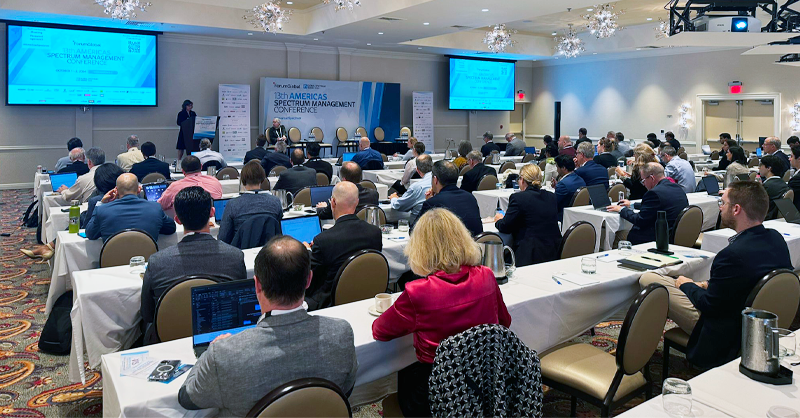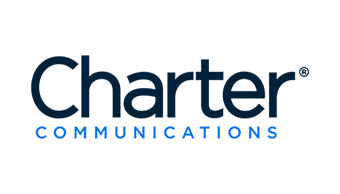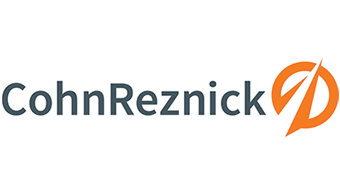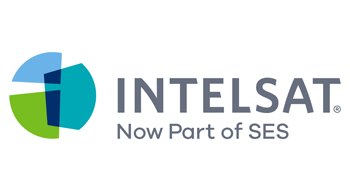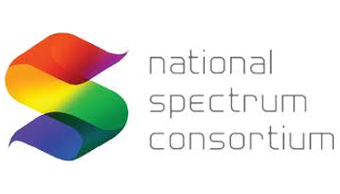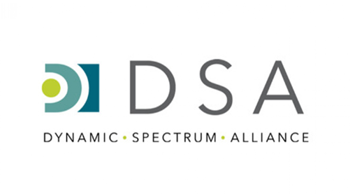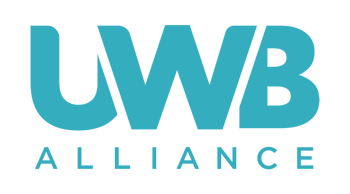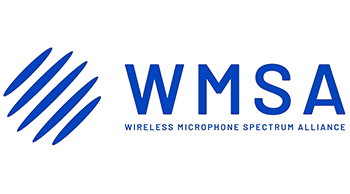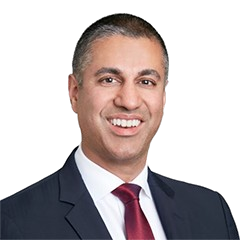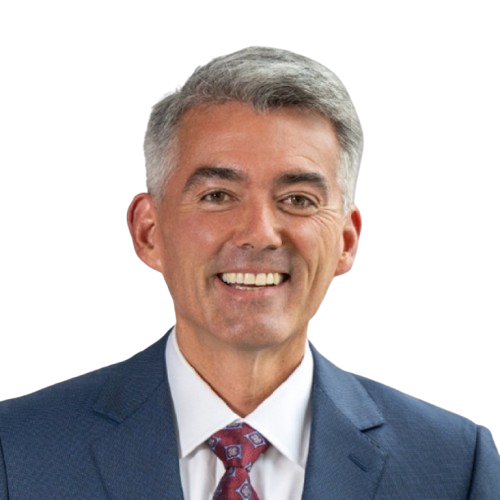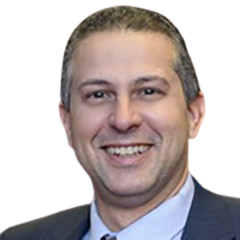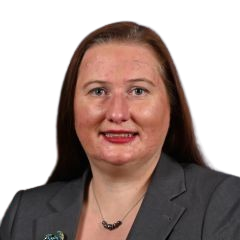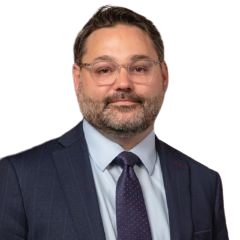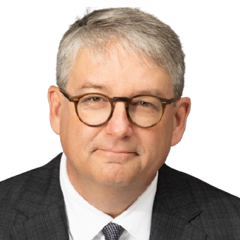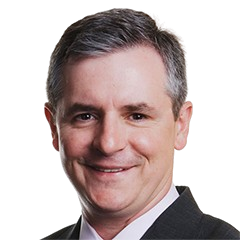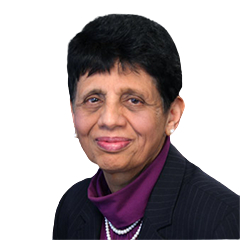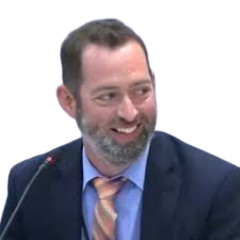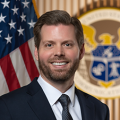Ajit Pai is the President and Chief Executive Officer of CTIA – The Wireless Association, the leading trade organization representing the U.S. wireless communications industry. Appointed to the role in April 2024, Pai now leads CTIA at a pivotal time for the sector, working to ensure that America remains at the forefront of global wireless innovation and investment. In his capacity as President and CEO, he champions policies that accelerate the deployment of next-generation wireless infrastructure, expand access to spectrum, strengthen national and economic security, and support the millions of American jobs tied to the wireless ecosystem. Under his leadership, CTIA continues to be the principal voice for wireless carriers, equipment manufacturers, and app and content developers across the country.
In addition to his role at CTIA, Pai is also a Partner at Searchlight Capital Partners, a global private investment firm with deep expertise in technology, media, and telecommunications. Since joining the firm in 2021, he has brought his policy acumen, regulatory insights, and industry experience to Searchlight’s investment strategy, helping guide the firm’s engagement with innovative companies across the digital infrastructure landscape. His dual leadership roles reflect his rare ability to operate at the highest levels of both public policy and private enterprise.
Pai’s career is distinguished by nearly a decade of senior leadership at the Federal Communications Commission (FCC). From 2017 to 2021, he served as FCC Chairman, having been appointed to the post by President Donald Trump. As Chairman, Pai implemented a broad policy agenda focused on modernizing outdated regulations, expanding broadband access, and advancing U.S. leadership in 5G, Open RAN, Wi-Fi 6, and other emerging technologies. His tenure was marked by major initiatives to close the digital divide, streamline infrastructure deployment, protect consumers and national security, and increase transparency and accountability at the agency.
Pai originally joined the FCC in 2012 as a Commissioner, appointed by President Barack Obama and unanimously confirmed by the U.S. Senate. His contributions during that period helped lay the groundwork for several of the reforms he later advanced as Chairman.
Before his time at the FCC, Pai held senior positions in the public and private sectors. He served at the U.S. Department of Justice’s Antitrust Division, the U.S. Senate as Chief Counsel to the Subcommittee on the Constitution, and the FCC’s Office of General Counsel. He was also Associate General Counsel at Verizon and later became a partner at the law firm Jenner & Block, where he focused on communications and appellate law.
Pai earned his A.B., with honors, from Harvard University and his J.D. from the University of Chicago Law School, where he was an editor of the University of Chicago Law Review. He currently serves on the boards of several portfolio companies and continues to be an influential voice in public policy, business, and technology.
Through his leadership at CTIA and Searchlight Capital Partners, Ajit Pai is uniquely positioned at the intersection of innovation, investment, and policy—advancing the future of connectivity both in the U.S. and globally.




